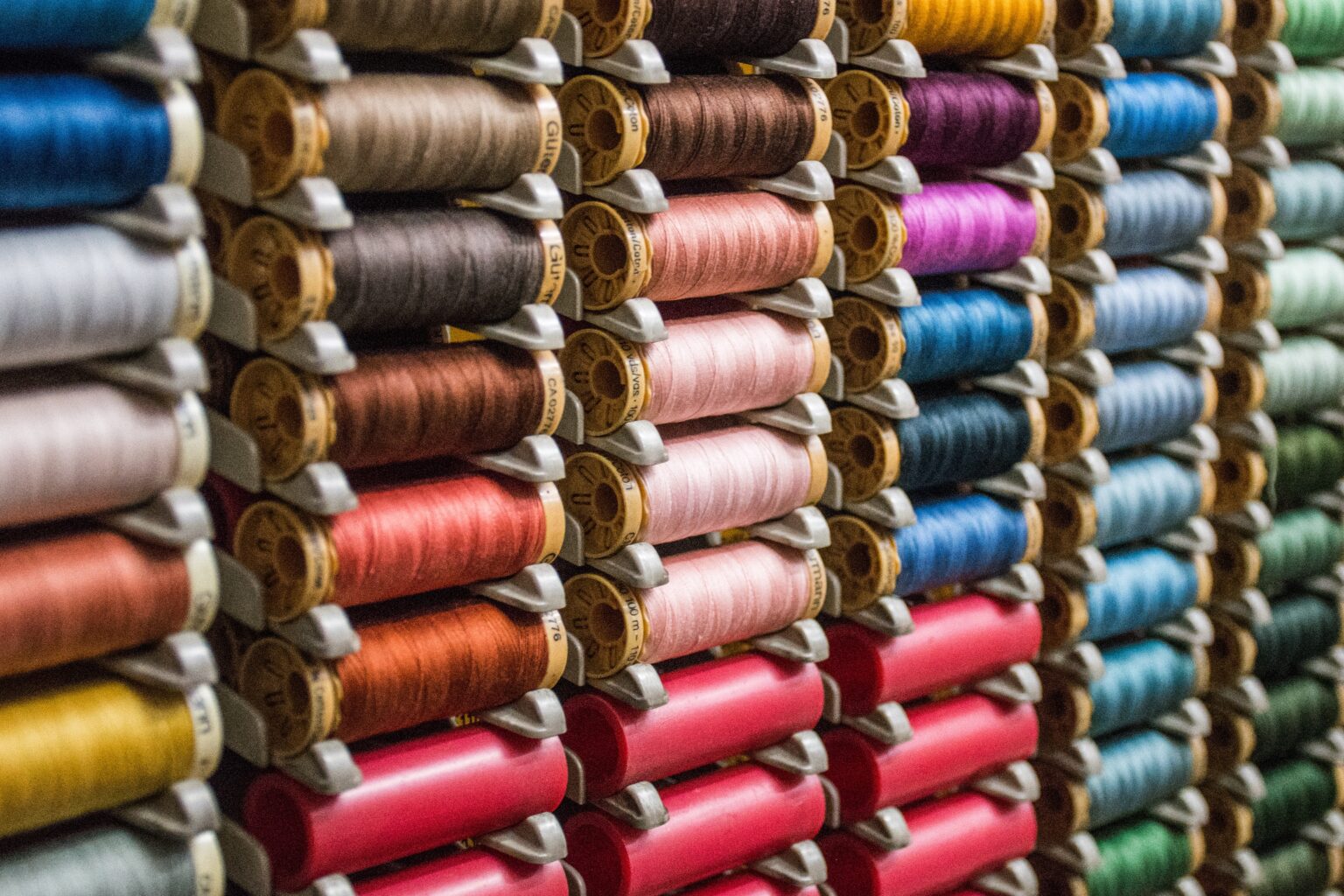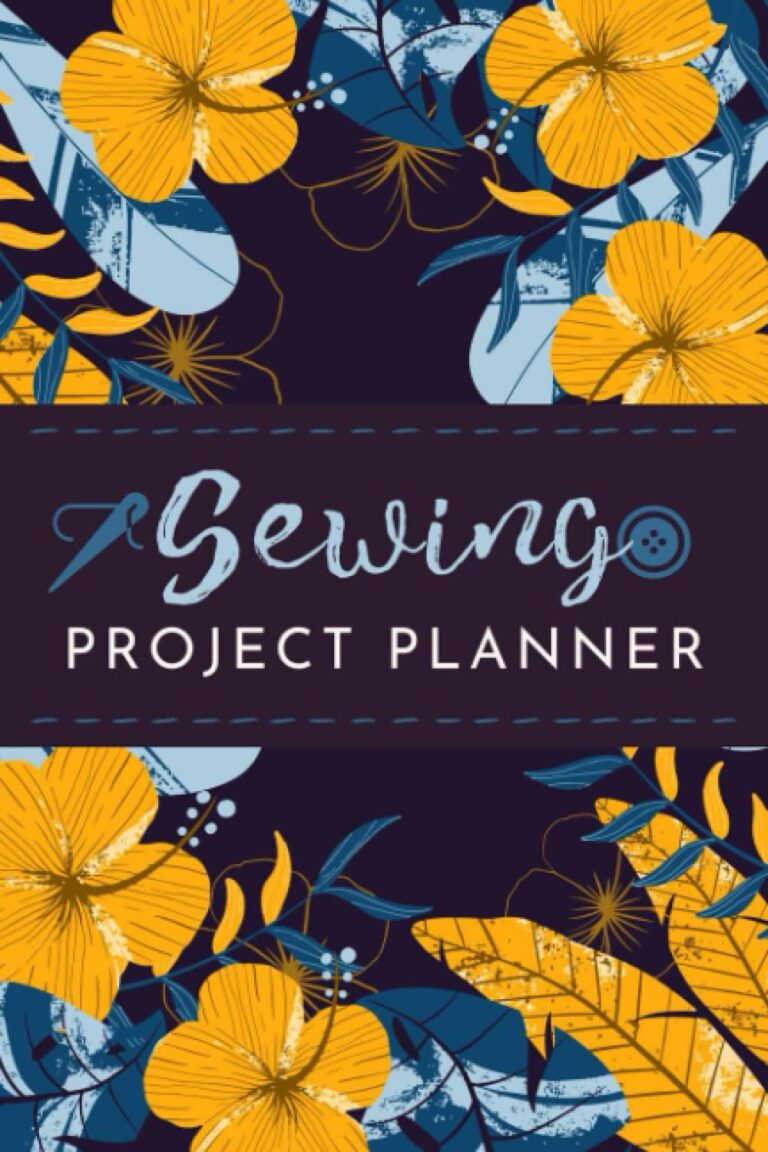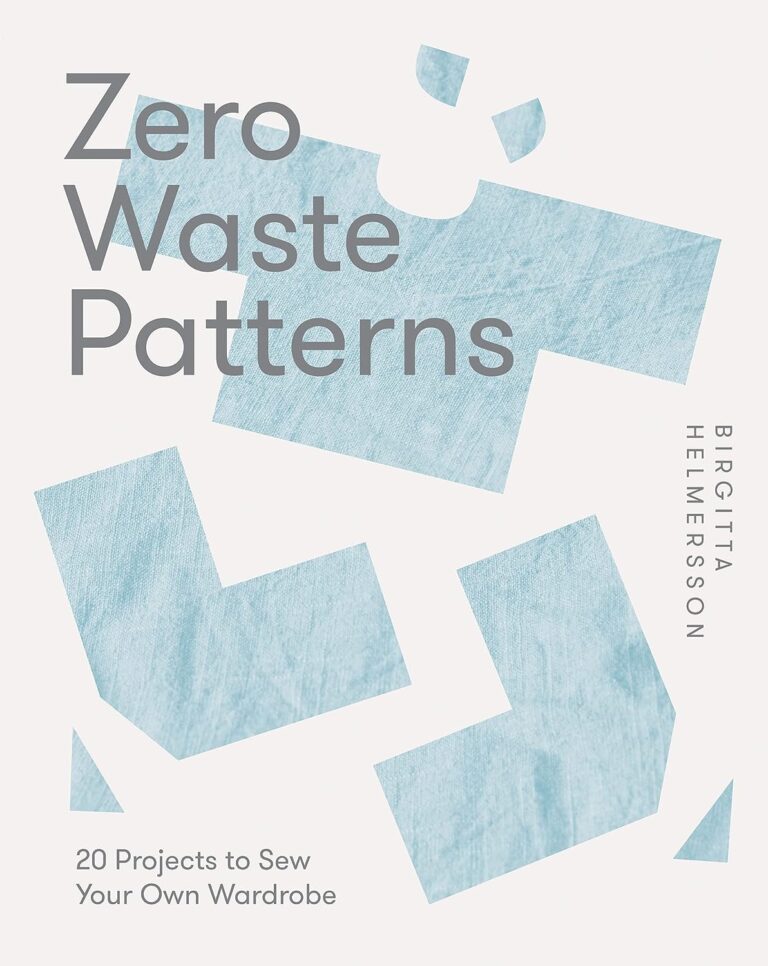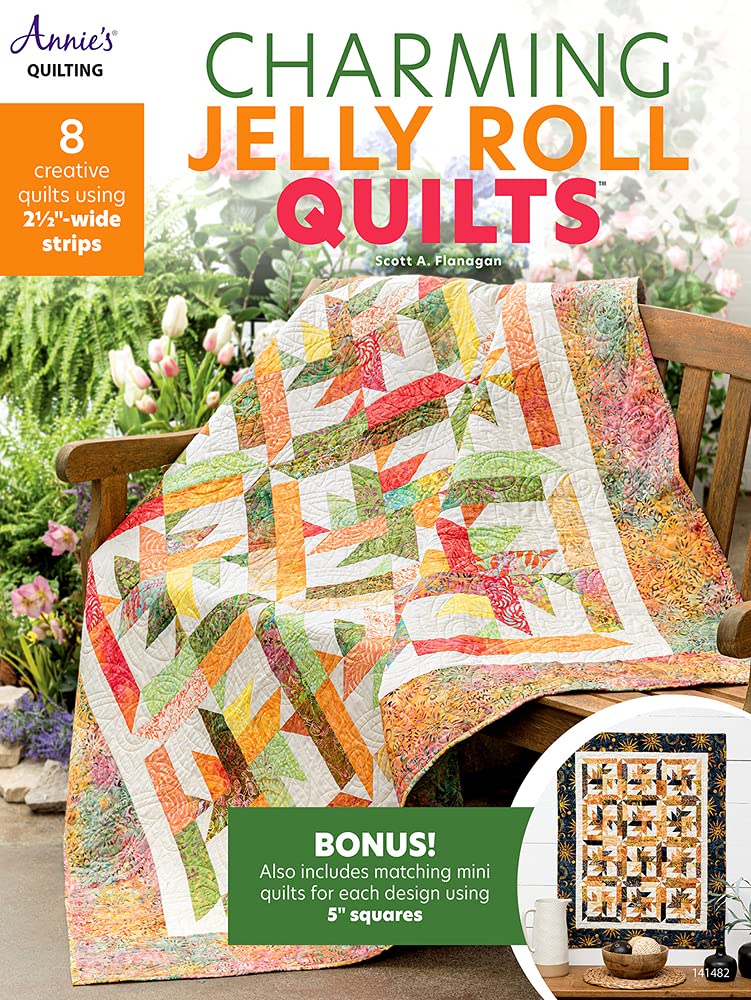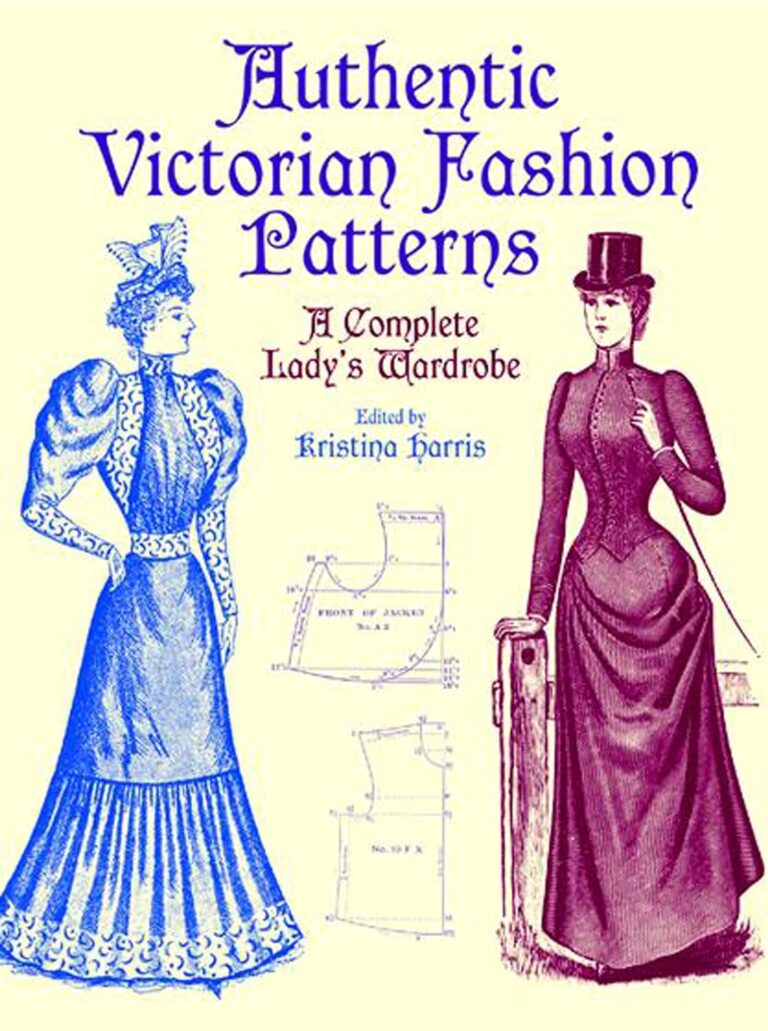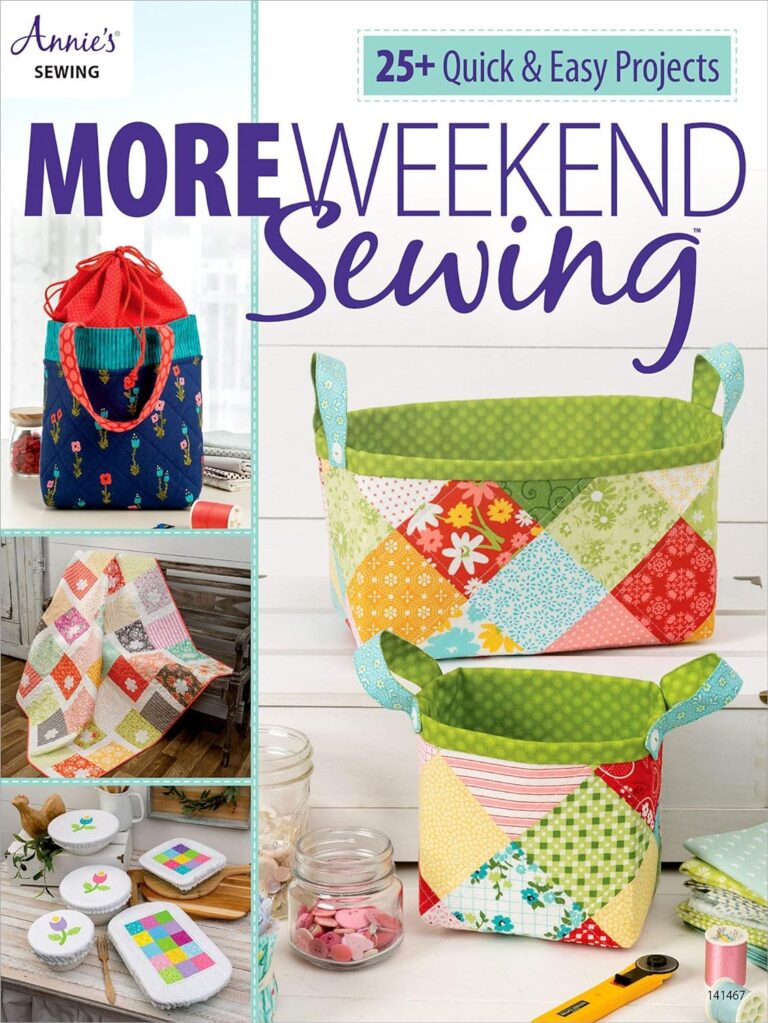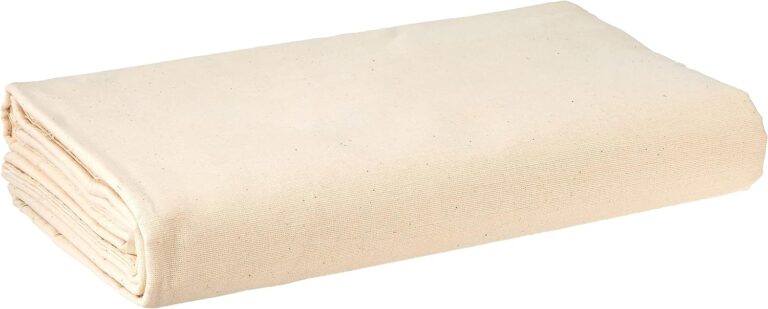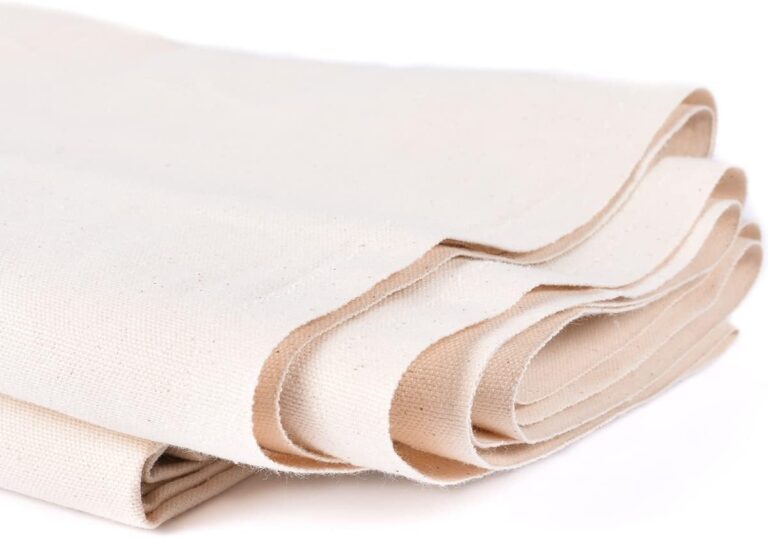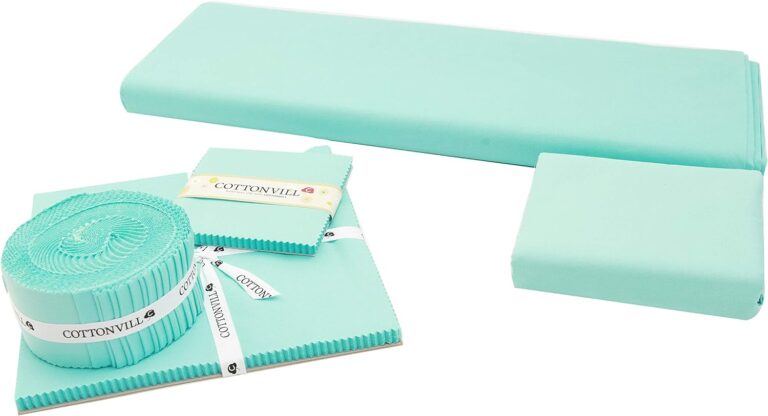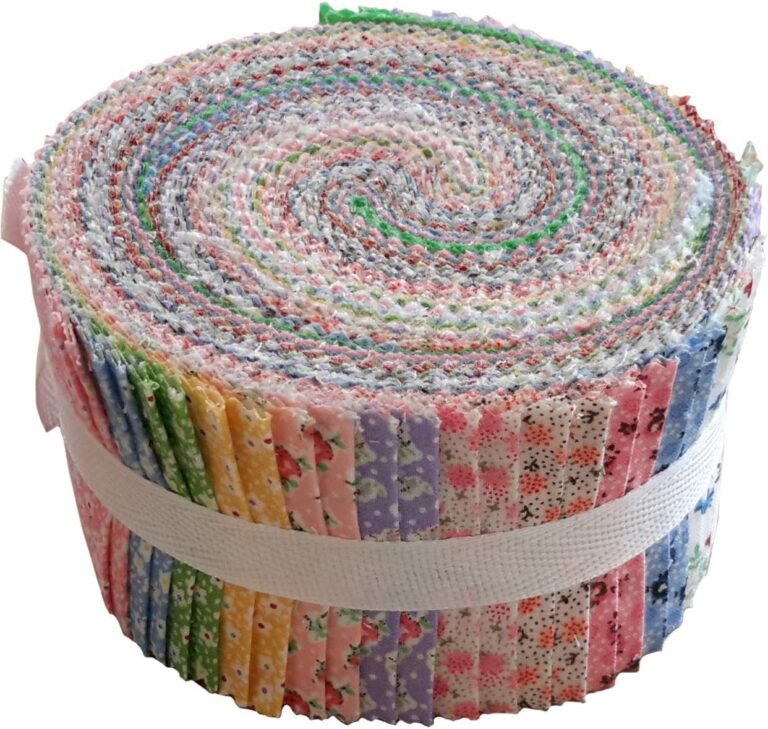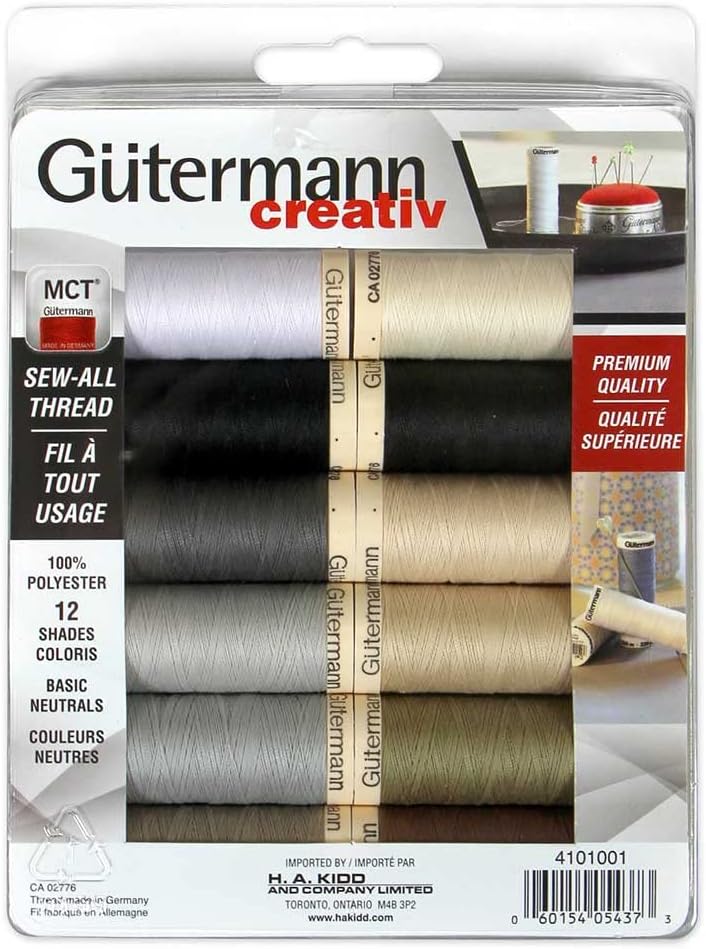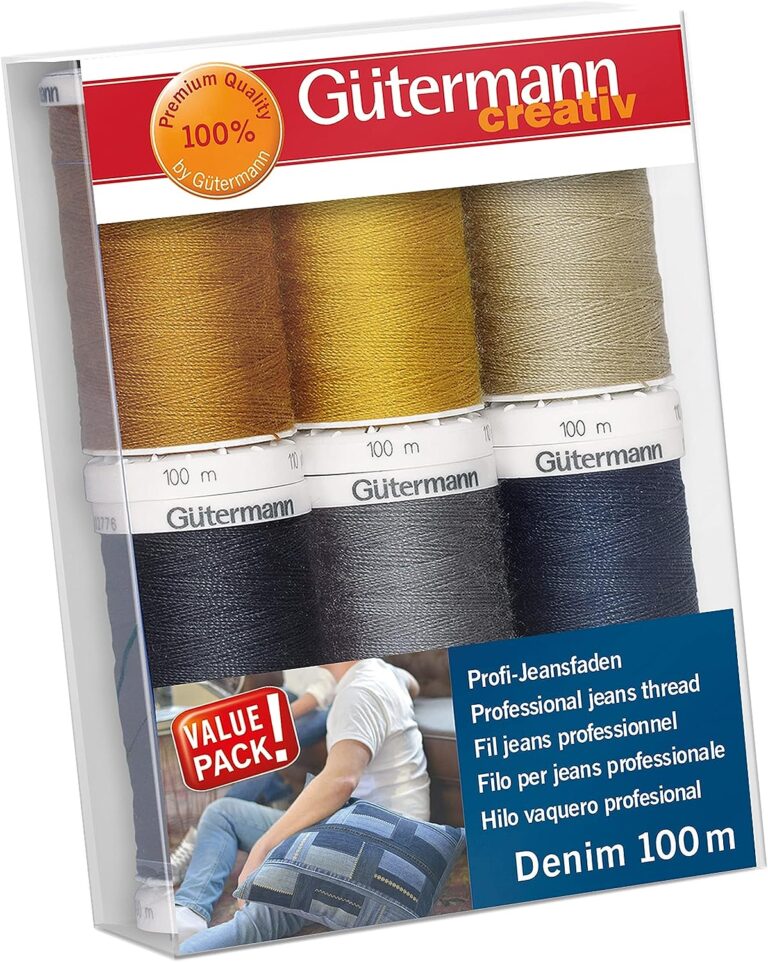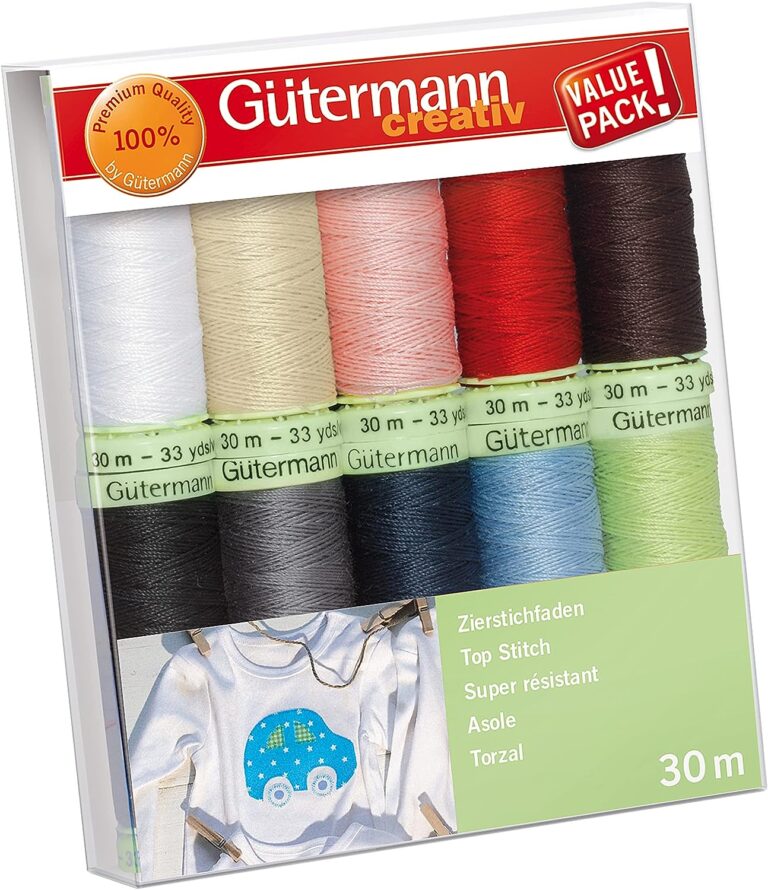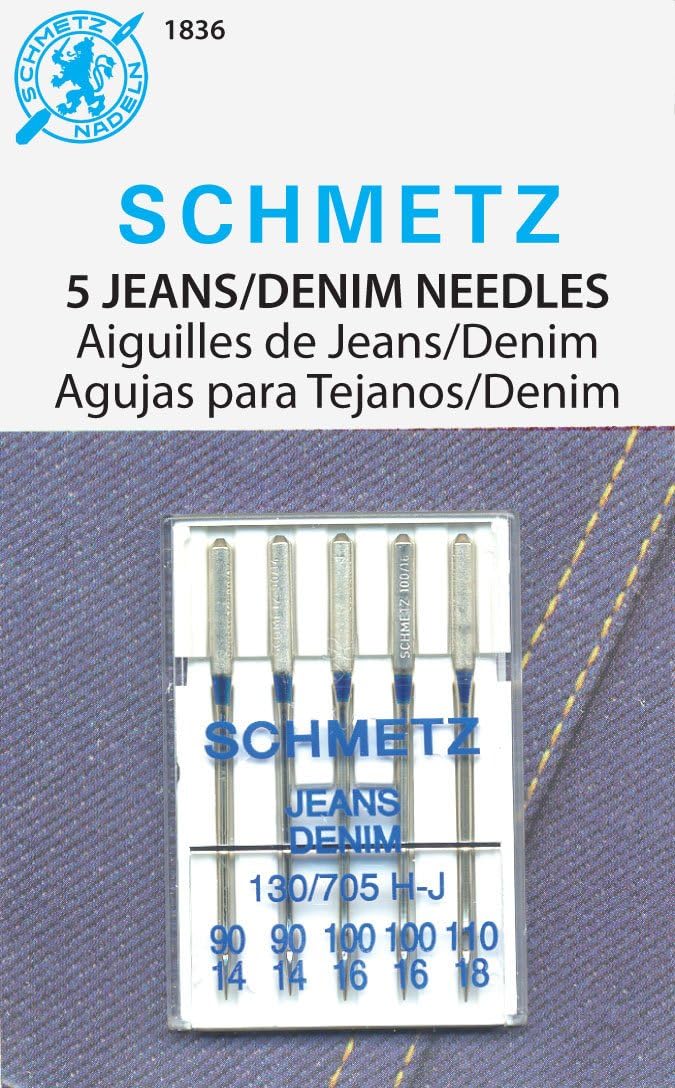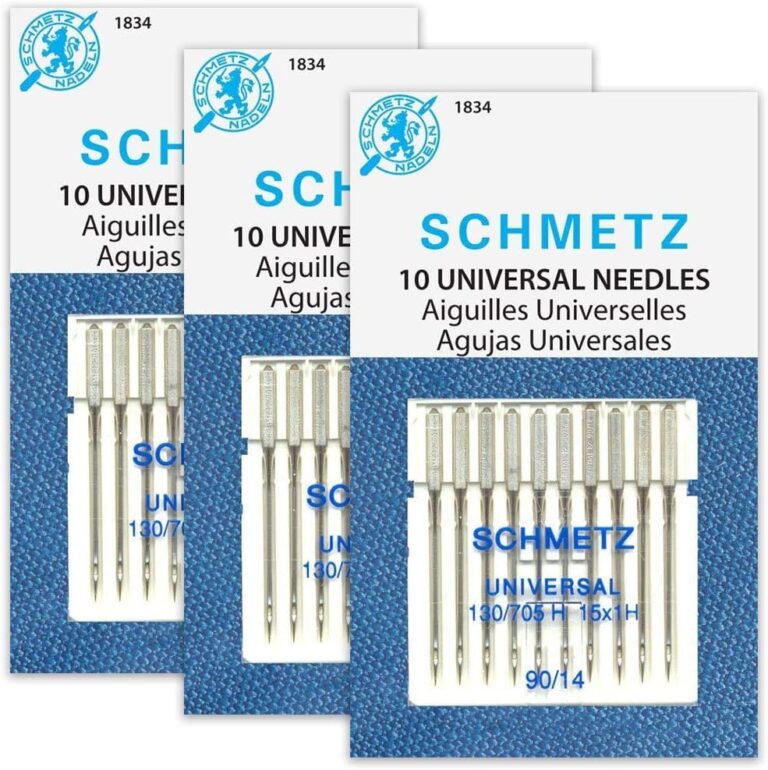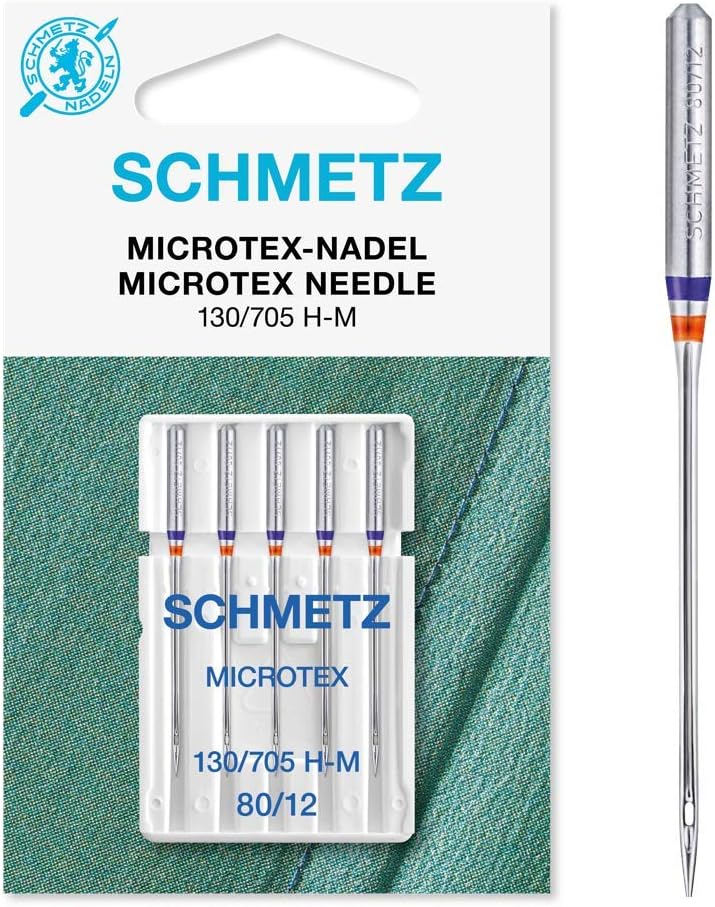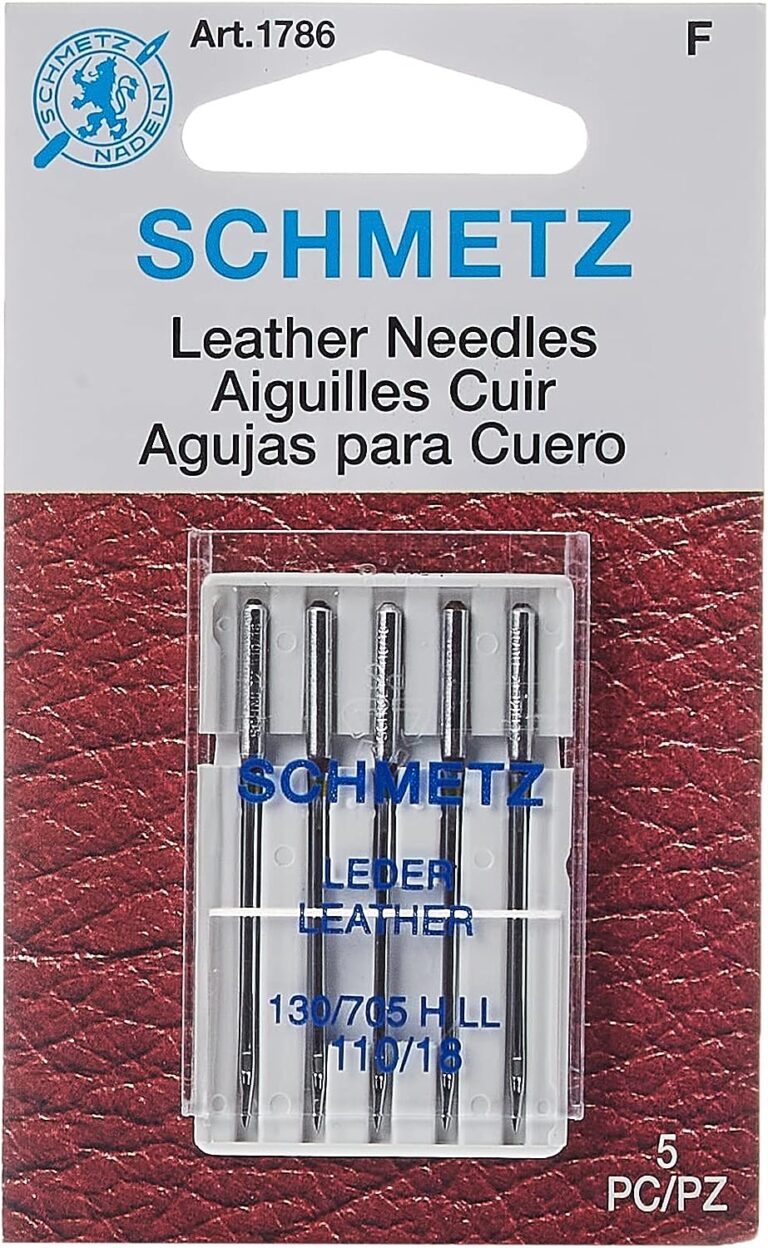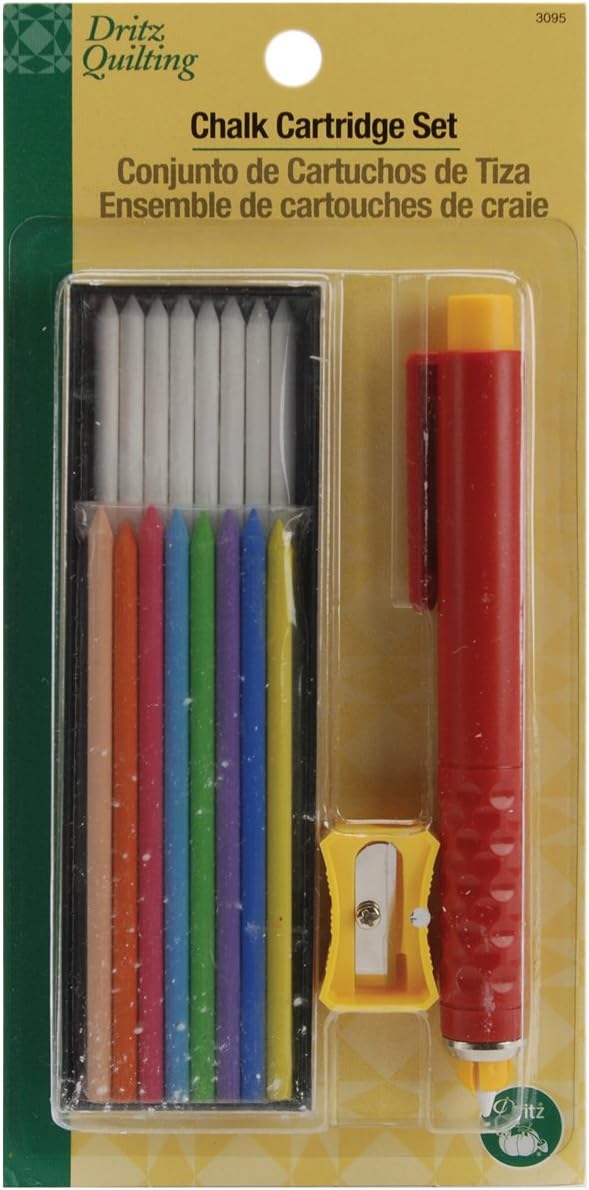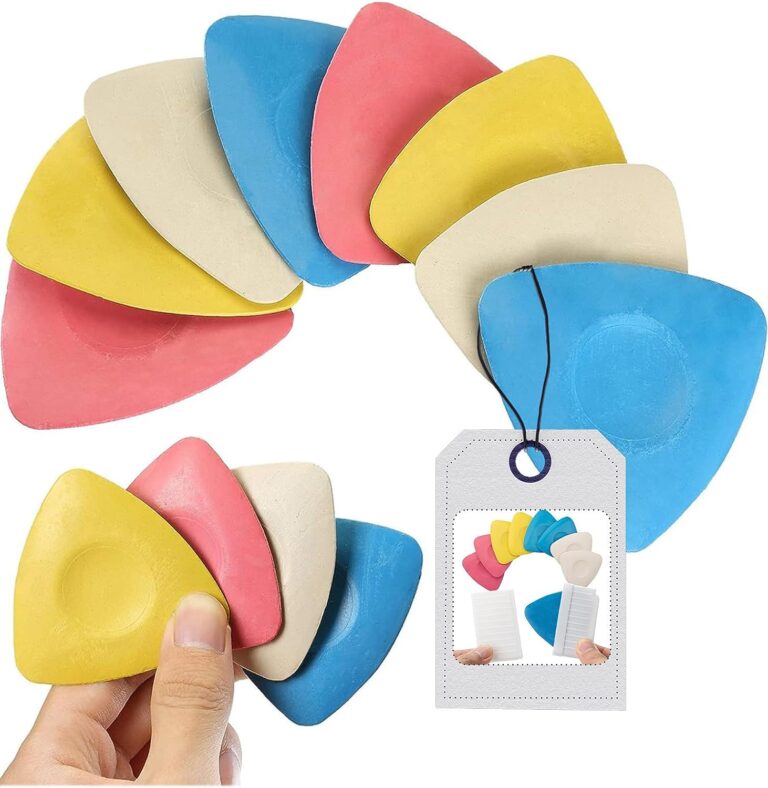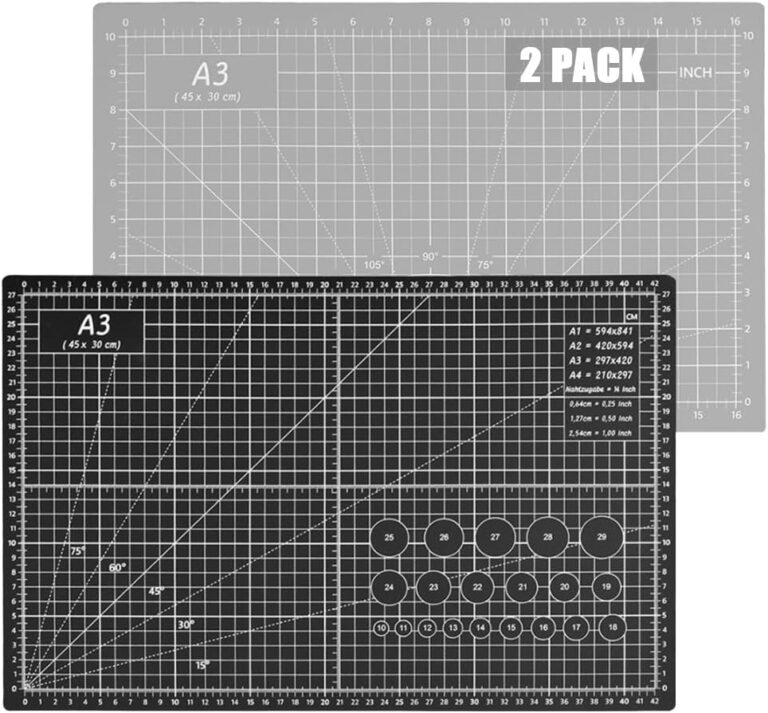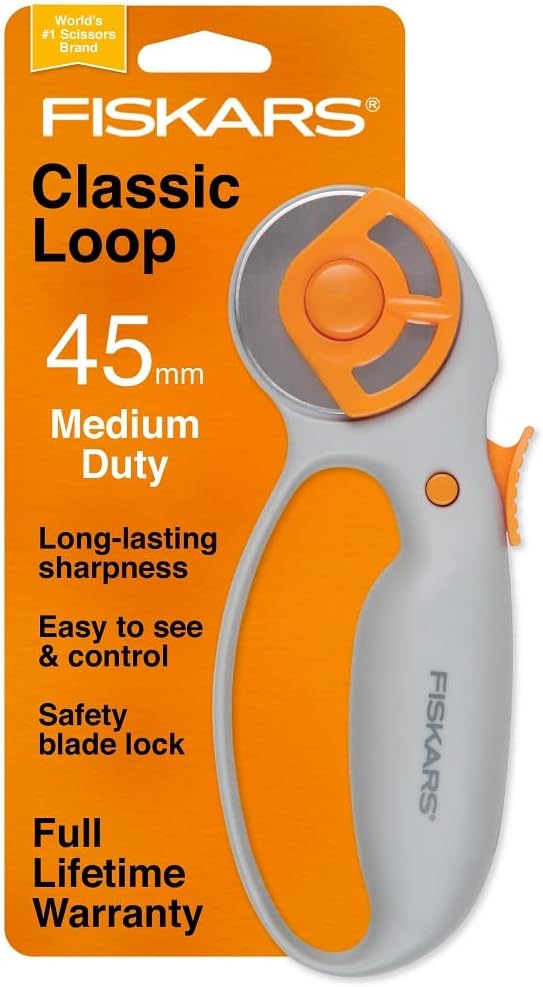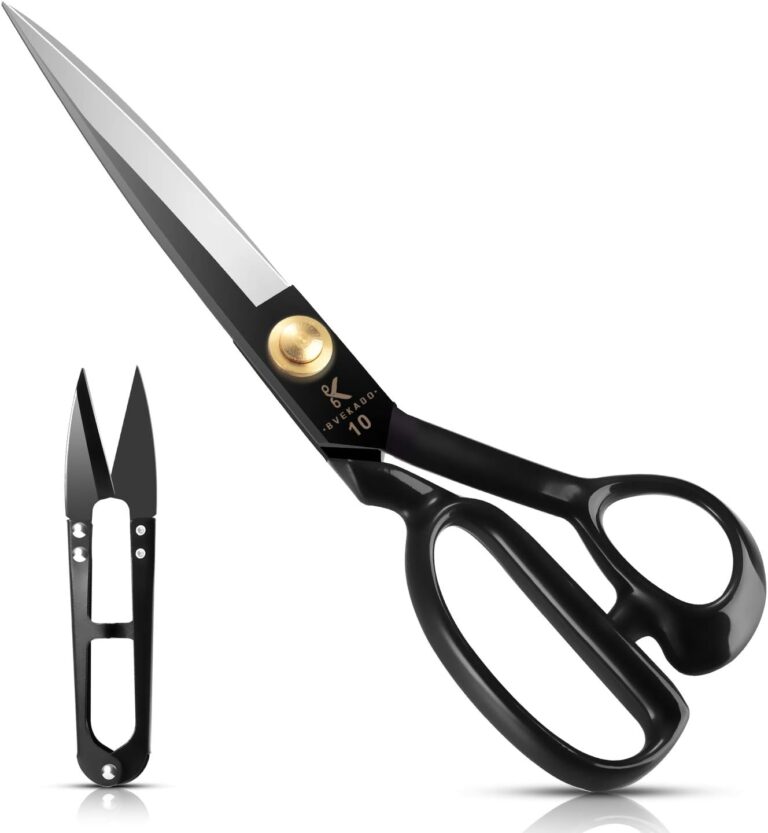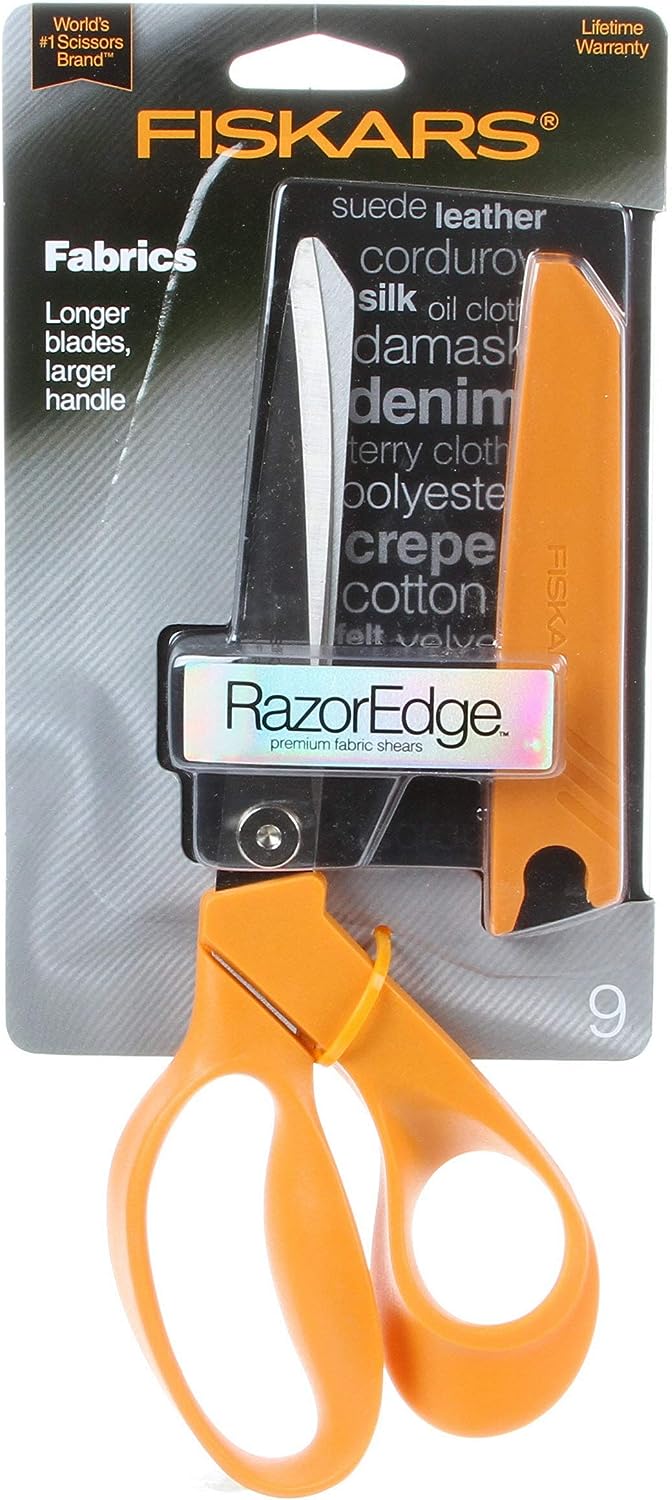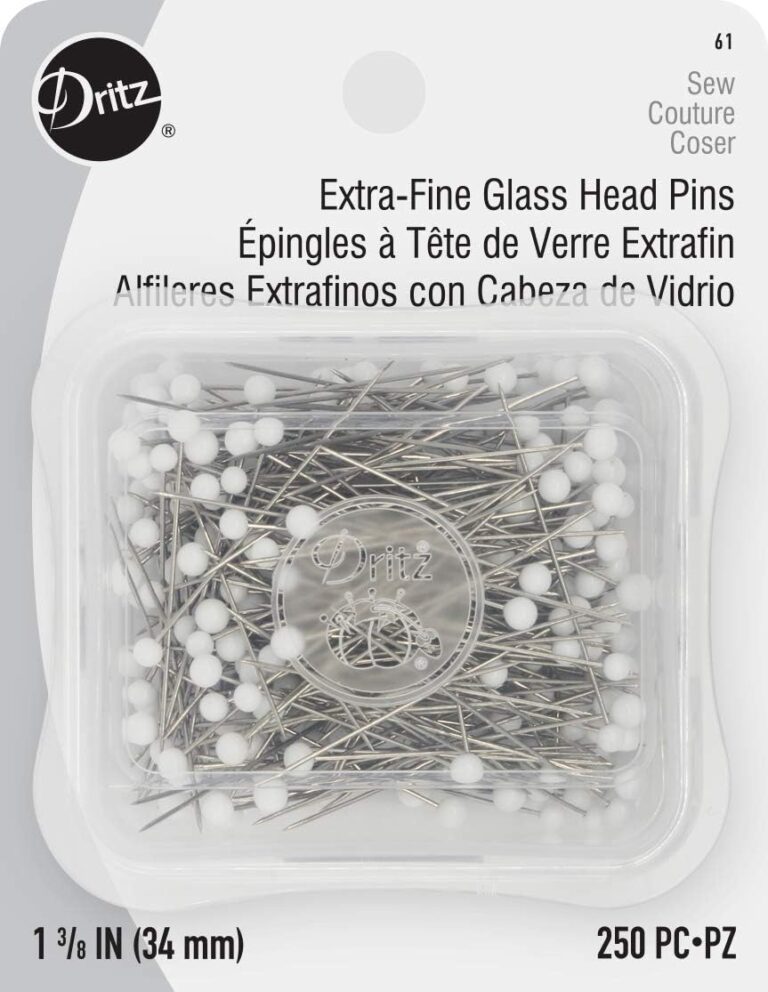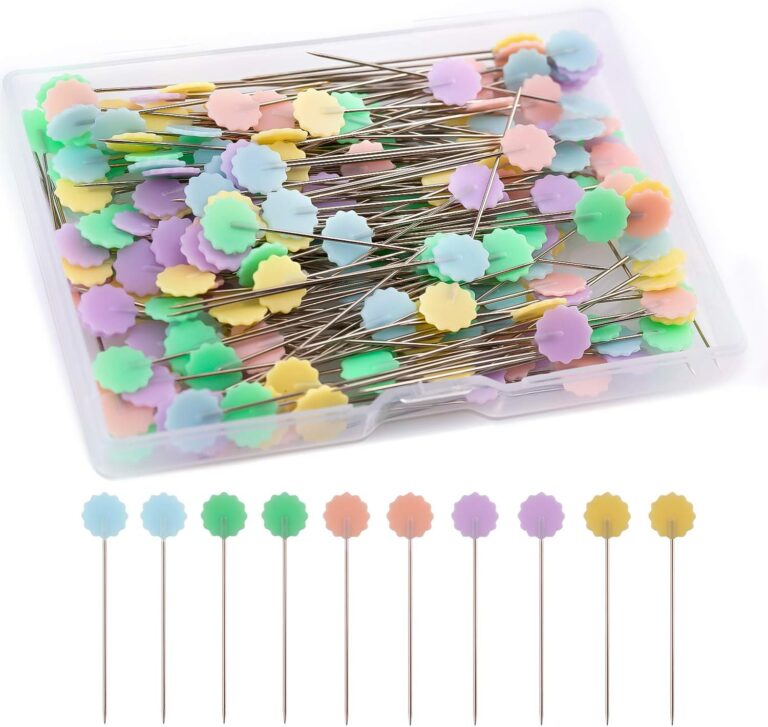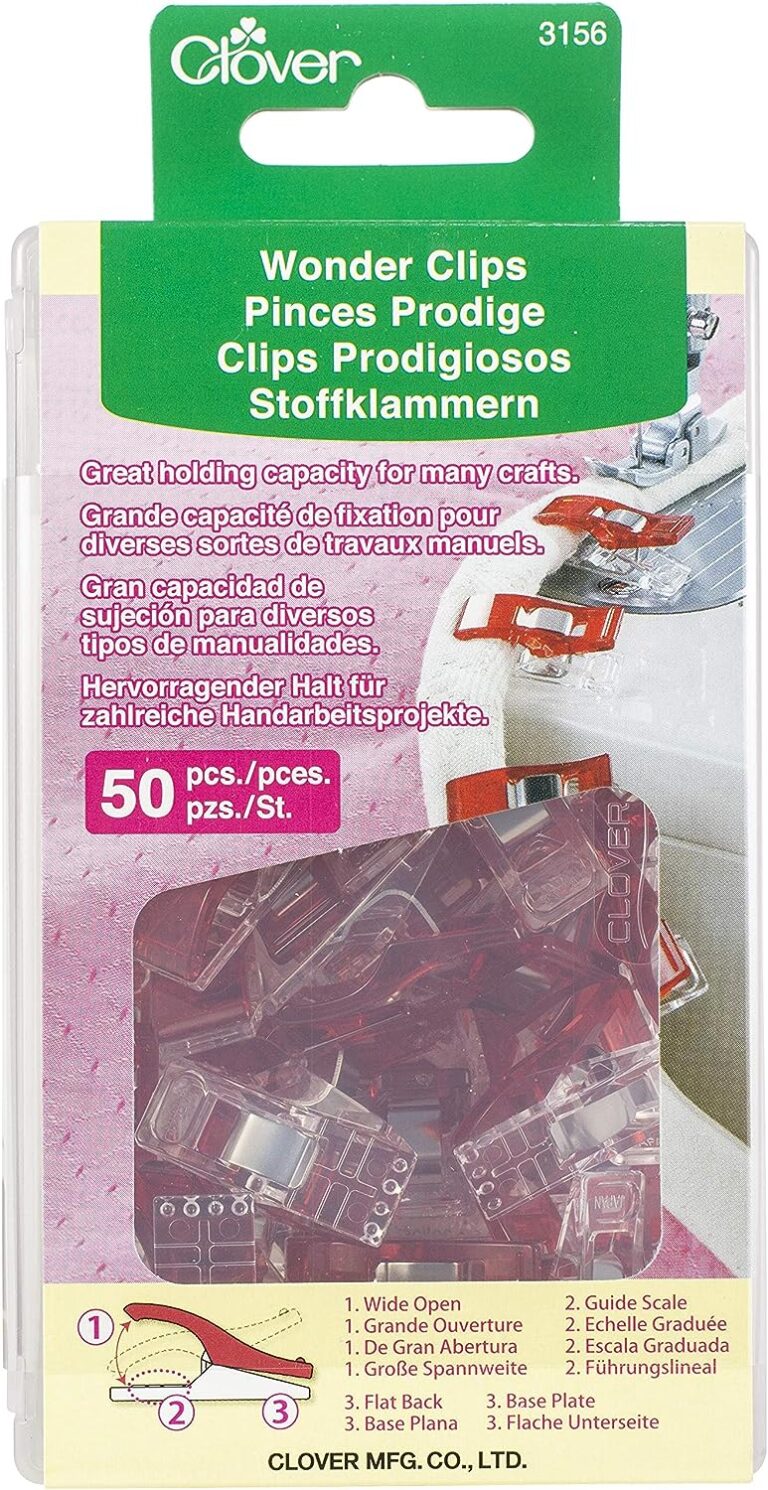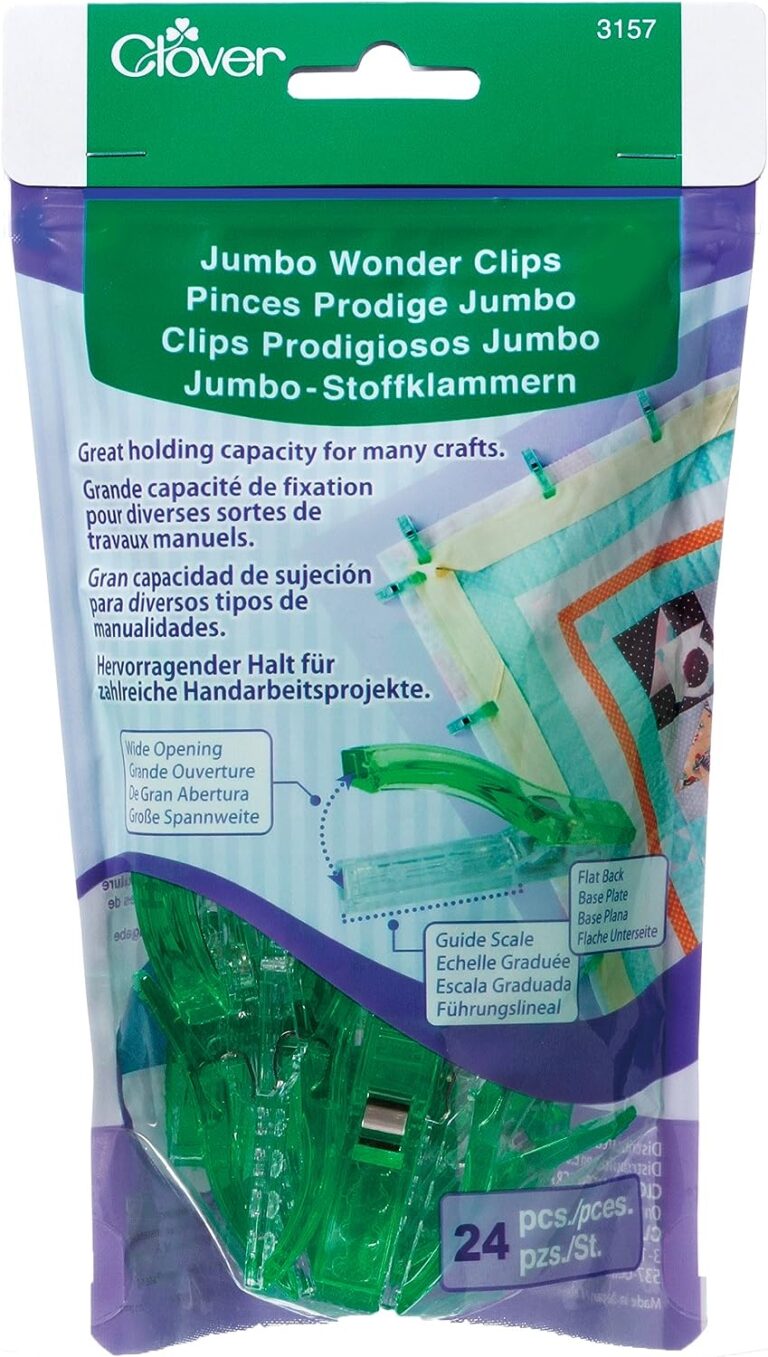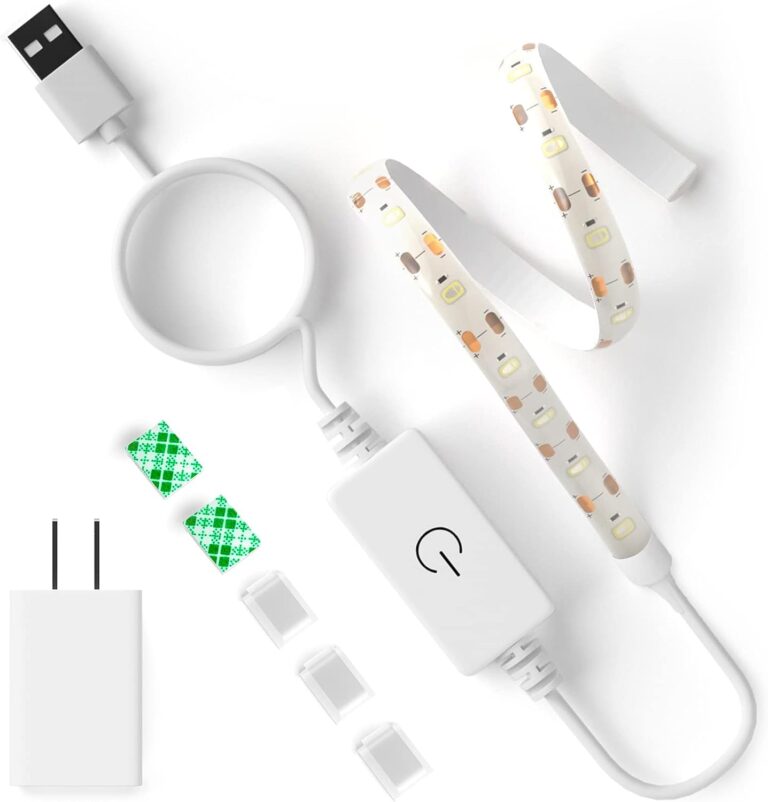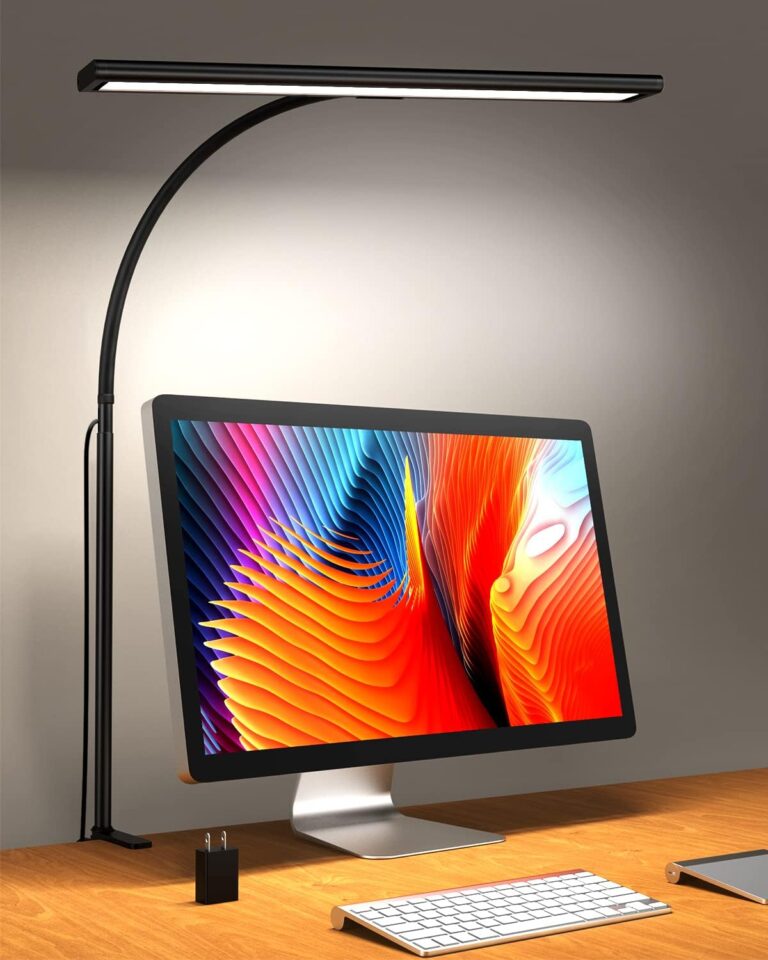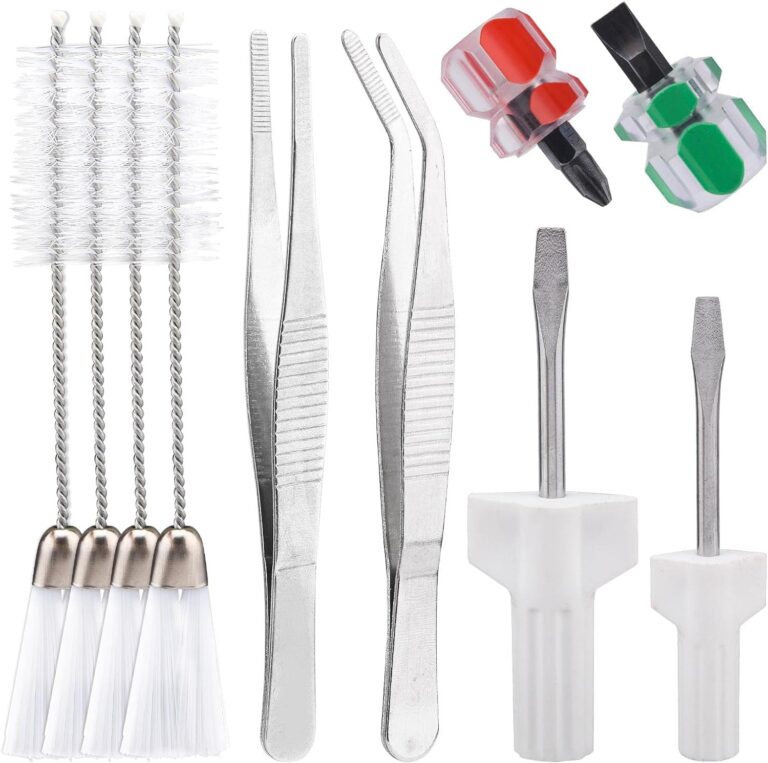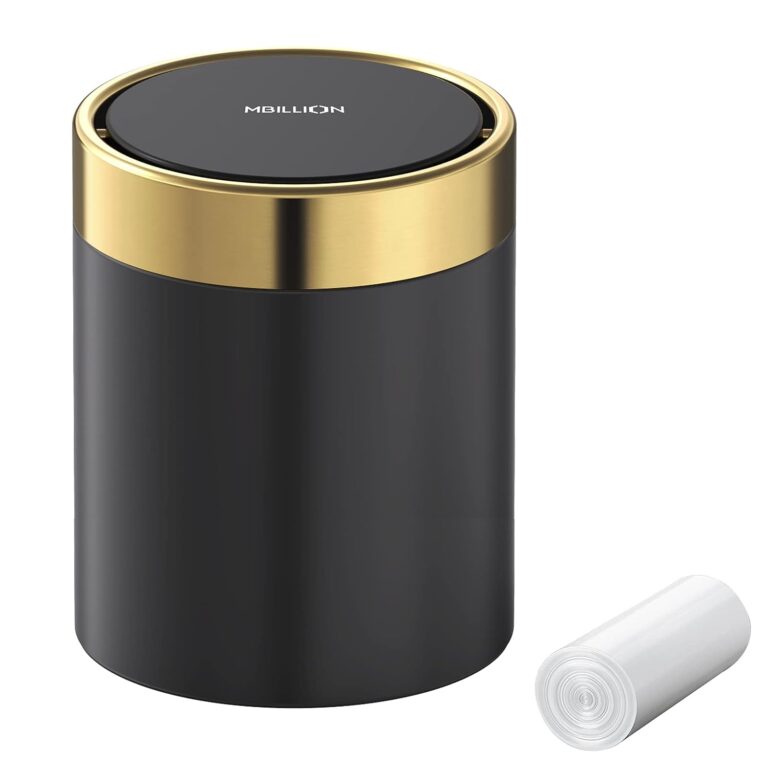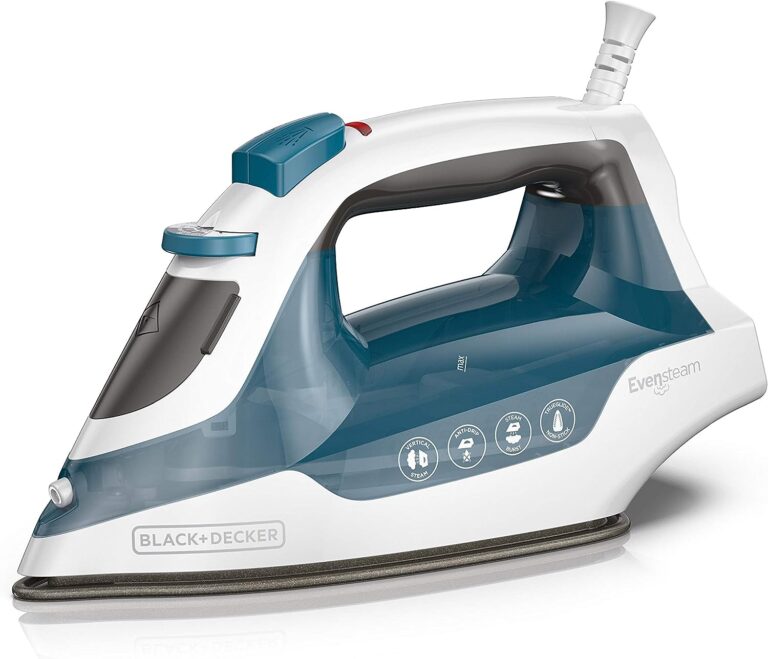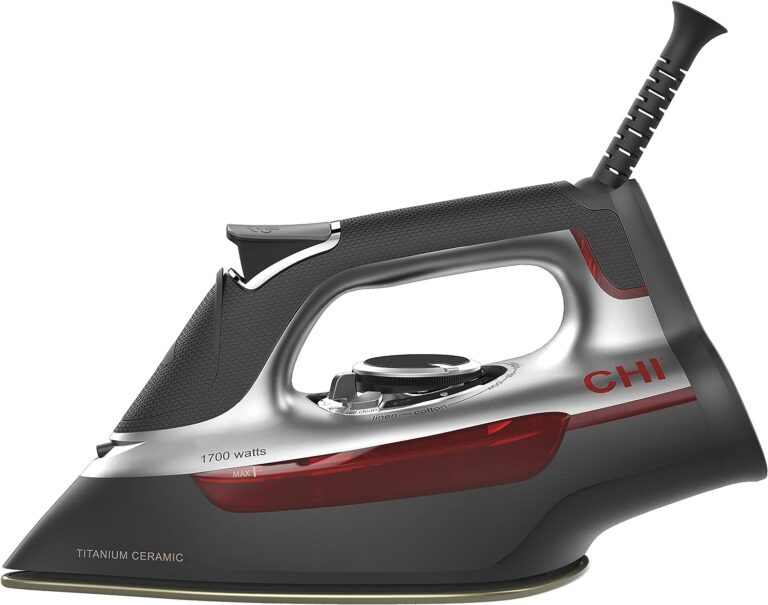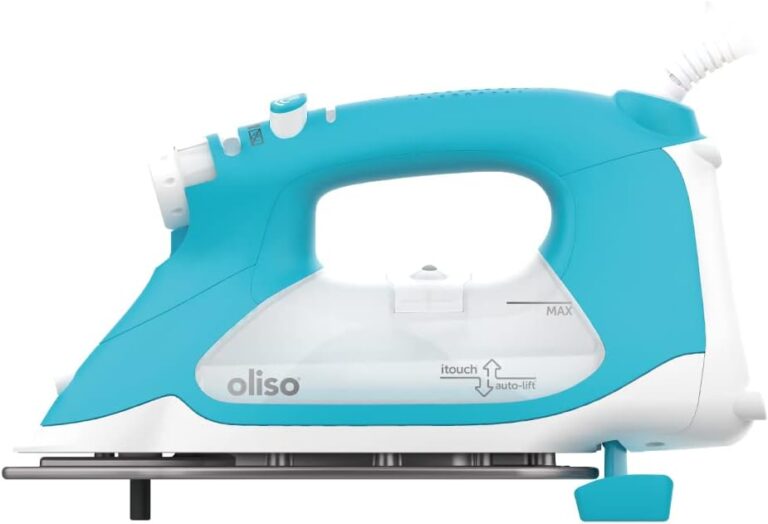Once your project vision is crystal clear, it’s time to assemble all the necessary supplies. The right materials and tools can make a world of difference in the outcome. Start by writing a detailed list of the required supplies to ensure nothing is forgotten. This is also a great time to check on your stock of general sewing supplies, such as marking tools, rotary cutter blades, pins and clips, and empty bobbins. Here’s a closer look at what you might need:
Fabric
Your fabric choice is pivotal to the project’s success. Consider factors like weight, texture, colour, pattern, and budget when making your selection. Make sure you consider your main fabrics, accent fabrics, and lining or backing fabrics. If you are making a garment or something else that you will want to make a mockup of, ensure you get a cheap fabric with similar properties to your final fabric to test your pattern before using your more expensive fabrics. Also, note how much of each fabric you need to make shopping much easier.
Thread
Depending on your design, the thread colour should match your fabric or create a contrast. If buying your thread in person, take a swatch of your fabric with you to see what the colours look like next to your fabric. Consider the colours as well as the types of threads that you might need. For example, if you are creating a pair of jeans, you might use one all-purpose thread to do most of your seams and a matching topstitch thread to do all your topstitching. Most of the time, you will be using the same thread on your bobbin and top thread, but make sure you take the time to research if any of your threads need a different bobbin thread. For example, some topstitch threads, like the Gütermann Top Stitch thread, suggest an all-purpose thread as a bobbin thread. Always ensure you have an ample supply to complete your project.
Needles
Selecting the appropriate sewing machine needle is crucial to a smooth sewing experience. Different needles are designed for various materials and purposes, so choose the right one for your fabric and project. Make sure the type of needle matches your fabric and the needle size will work with the thread you selected. It is a good idea to have at least a couple of each needle you might need on hand so that if something happens and you end up with a bent or broken needle or if you are doing an extensive project and the needle gets dull, you have extras to swap it out. Also, ensure you always buy needles that fit your machine.
Notions
Note any additional notions required for your project, such as zippers, buttons, other fasteners, interfacing, trims, or elastic.
Presser Feet
If you are working with any specialty fabrics or trying new techniques, do some research and see if there are any new presser feet that you want to invest in for your project. When buying presser feet, double-check that they will fit your machine.
